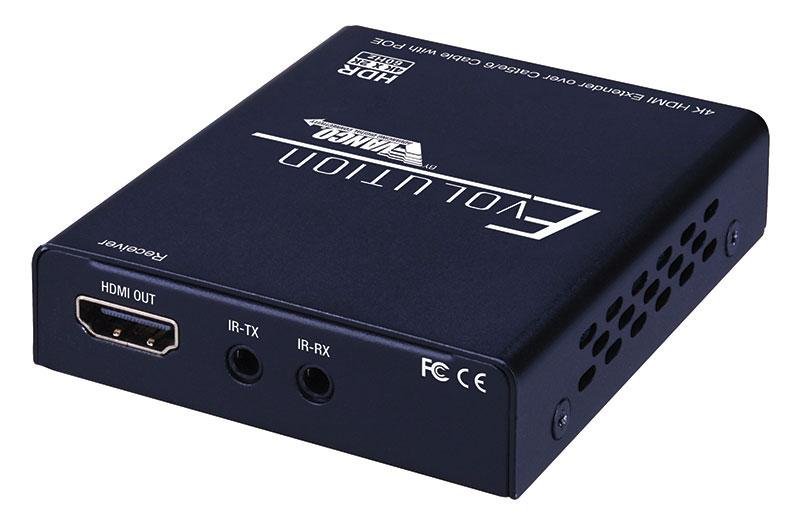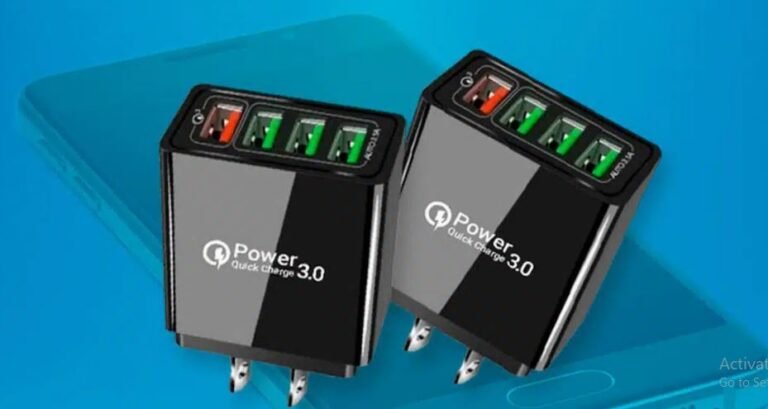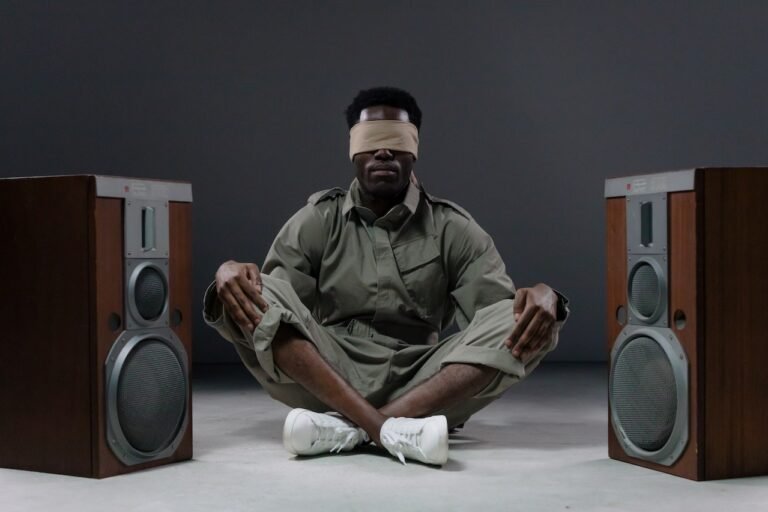HDMI Balun: Optimize Your A/V Setup for Boardrooms and Gaming
An HDMI balun is a nifty gadget that plays a pivotal role in the quality and efficiency of audiovisual transmission. Fundamentally, it allows the extension of HDMI signals over considerable distances without sacrificing the integrity of the audio or video output. For instance, if you’ve ever wanted to connect a Blu-ray player to a projector in another room, an HDMI balun makes that possible. It ensures that you experience the full vibrancy and dynamism of your media, just as if the source were directly connected to the display.
The Ultimate Guide to HDMI Baluns and How They Work
How does an HDMI balun work its magic? The device comes in pairs, with a transmitter and a receiver. The transmitter converts the HDMI signal from your media source into a signal that can traverse through standard Ethernet cables. Upon reaching the receiver end, the signal gets converted back into its original HDMI form, ready for your display. This conversion process is seamless, preserving the high-definition quality of the signal across distances that would be impractical—or impossible—for traditional HDMI cables to manage.
HDMI Balun: Extending Your HDMI Signal with Ease
Ease of use stands as one of the most compelling reasons to choose an HDMI balun. With plug-and-play functionality, setting up an HDMI balun is a straightforward process. It requires minimal technical know-how. You simply connect the HDMI source to the transmitter, link the transmitter and receiver with an Ethernet cable, and connect the receiver to your display. Just like that, you have extended your HDMI signal with minimal fuss.
Choosing the Right HDMI Balun for Your Home Theater System
Selecting the correct HDMI balun for your home theater system is crucial for optimal performance. The key lies in understanding the specifications of your A/V equipment and the distances involved. For shorter extensions within a home setup, a basic balun will suffice. However, for longer distances or more elaborate systems, look for a balun that supports the latest HDMI features, such as 4K resolution, HDR content, and perhaps even control signals for remote operations.
The Advantages of Using HDMI Baluns in Digital Signage
Digital signage in commercial settings is one area where HDMI baluns truly shine. They offer the flexibility to place displays far from the media source, which is perfect for large retail spaces, airports, or exhibition halls. With an HDMI balun, you can keep the source media player in a secure, remote location while the display shows crisp, clear images or videos to the public. This setup not only enhances the aesthetic appeal by eliminating clutter but also reduces the risk of tampering or theft.
HDMI Baluns vs. HDBaseT Extenders: What’s the Difference?
While HDMI baluns are fantastic for extending signals, there’s another player in the field: the HDBaseT extender. Although both devices serve similar functions, HDBaseT extenders are a newer technology that can transmit signals over even longer distances without degradation. They also carry additional signals, such as Ethernet data, control signals, and power, all over a single cable. However, they tend to be pricier than traditional baluns, so your choice might boil down to budget and specific requirements.
Maximizing Audio and Video Quality with HDMI Baluns
When it comes to elevating your audio and video experience, the clarity and quality of the signal transmission are paramount. HDMI baluns emerge as a game-changer in this realm. These devices empower you to extend high-definition multimedia signals over long distances without compromising on quality. By converting HDMI signals into a format that can traverse over Ethernet cables, baluns ensure that whether it’s the thunderous bass of an action movie or the crisp visuals of a nature documentary, not a single note or pixel falls short of perfection.
How to Install an HDMI Balun for Long-Distance Signal Extension
The installation process of an HDMI balun is a straightforward task that can transform your multimedia setup. Begin by connecting the transmitter unit to your source device—be it a Blu-ray player or gaming console—using a standard HDMI cable. Next, link the transmitter to the receiver using Ethernet cables, which are adept at carrying signals over considerable distances. Once the receiver is connected to your display, you’re all set. This setup not only extends the reach of your HDMI devices but does so while maintaining the integrity of the signal.
Innovations in HDMI Baluns: Zero Latency and Lossless Transmission
The cutting edge of HDMI balun technology presents a world where latency and loss of signal quality are relics of the past. Modern baluns boast zero latency—a feat that means the signal travels from source to display in real-time. This innovation is a boon for gamers and home theater enthusiasts alike, ensuring that the action on screen keeps pace with the input from the controller or the drama unfolding in the storyline.
HDMI Baluns: Integrating IR Control and Power over Cable
One of the standout features of contemporary HDMI baluns is their ability to integrate IR control and Power over Cable (PoC). This dual functionality allows you to send power and control signals over the same cable that carries your HDMI signal. Consequently, you can adjust your video source or display settings from a distance, minimizing the need for separate power sources and streamlining your A/V setup.
HDMI Extenders: The Evolution from Analog to Digital Signal Transmission
The journey from analog to digital signal transmission marks a significant evolution in A/V technology. HDMI extenders, the successors of analog baluns, champion this digital revolution. They not only transmit signals over longer distances without degradation but also enrich the user experience with enhanced picture and sound quality that analog solutions couldn’t deliver.
Comparative Analysis: Wired vs. Wireless HDMI Balun Solutions
In the debate between wired and wireless HDMI balun solutions, each has its merits. Wired baluns, known for reliability and stability, are ideal for environments where interference is a concern. In contrast, wireless baluns offer flexibility and ease of installation, free from the constraints of cable runs. When choosing between the two, consider the specifics of your environment and the nature of your A/V needs to make an informed decision.
The Role of HDMI Baluns in Modern Boardroom A/V Setups
In the heart of a modern boardroom, seamless communication stands paramount, with HDMI baluns playing a pivotal role. These devices ensure that high-definition audio and visual presentations reach every participant, irrespective of their seat in the room. By converting HDMI signals to traverse over Ethernet cables, HDMI baluns enable a clutter-free environment. This not only simplifies the cabling requirements but also extends the HDMI signal beyond the typical limitations of standard HDMI cables. As a result, boardrooms can feature longer cable runs without sacrificing signal quality, making them an essential component in such A/V setups.
Troubleshooting Common HDMI Balun Issues
Even the most reliable gadgets encounter hiccups, and HDMI baluns are no exception. When issues arise, such as signal loss or interference, troubleshooting becomes a key skill. The first step is to check the integrity of the Ethernet cables, as they are the lifelines for signal transmission. Next, ensure that the baluns are correctly paired and that the source and display are compatible with the transmitted resolution. It’s also crucial to verify that the power supply is stable and that the baluns are receiving the correct voltage. Regular firmware updates can also resolve unexpected glitches, keeping your system in optimal condition.
Enhancing Your Gaming Setup with HDMI Baluns
For gamers seeking an immersive experience, HDMI baluns can be a game-changer. By enabling long-distance signal transmission without degradation, they allow for a flexible gaming setup. Imagine your console stationed in one room while you enjoy your game on a large-screen TV in another, all without trailing cables across the house. Furthermore, with baluns that support IR control, you can effortlessly manage your gaming console from a distance. This flexibility, paired with high-quality signal transmission, ensures that your gaming setup remains top-notch.
Future-Proofing Your A/V Setup: Are HDMI Baluns Necessary?
As we venture into the future of A/V technology, the question arises: are HDMI baluns necessary? The answer lies in the ever-increasing demand for high-definition content and versatile A/V configurations. HDMI baluns not only accommodate current technological needs but also adapt to evolving standards. With 4K content becoming the norm, these devices ensure that you can transmit ultra-high-definition signals across your home or office without the need for expensive, specialized cabling. Investing in HDMI baluns today means preparing your A/V setup for the advancements of tomorrow.
Exploring the Technical Specifications of HDMI Baluns
Diving into the technical aspects, HDMI baluns boast impressive specifications. They typically support a range of video resolutions, often up to 4K, and are compatible with various HDMI standards. Some come equipped with Power over Cable (PoC) capabilities, eliminating the need for separate power sources at each end. Additionally, equalization settings allow you to fine-tune the signal based on cable length, ensuring optimal performance. By understanding these specifications, consumers can make informed decisions to meet their specific A/V needs.







